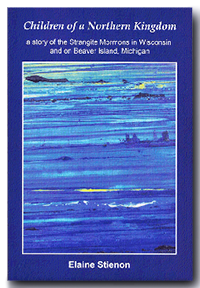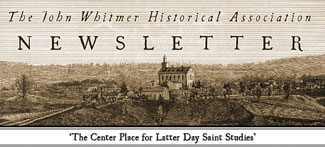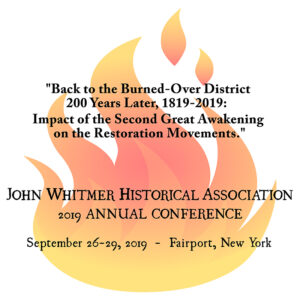JWHA Member
Elaine Stienon of the Ann Arbor Congregation in Michigan recently won first place in general fiction at the Hollywood Book Festival. Her book, Children of a Northern Kingdom, is about a Mormon settlement on Beaver Island, Michigan.


CHILDREN OF A NORTHERN KINGDOM
by Elaine Stienon
KIRKUS REVIEW
A dramatization of the turbulent genesis of the Church of Jesus Christ of Latter-day Saints.
At the outset of Stienon’s latest series installment, Joseph Smith, the founding prophet of Mormonism, is assassinated in 1844, and his church is cleaved by intramural dispute. Some of his disciples follow Brigham Young (the Brighamites), but others throw their lot in with James J. Strang (the Strangites), who claims that he’s Smith’s intended successor, and that he was visited by an angel who confirmed his election. A caravan of Strangites, led by a doctor, Gabriel Romain, makes its way to the town of Voree in Wisconsin territory; the travelers had been reluctant to abandon their Illinois homes but anxious to flee violent anti-Mormon mobs. However, when they arrive in Voree, they’re disappointed to find that the land there is expensive. Romain later leads the group to Beaver Island in Michigan, described as a Utopian paradise and the fulfillment of Strang’s prophetic vision. However, many have concerns about Strang’s leadership when he claims to be Jewish, descended from the House of David, and crowns himself a king. He also begins to take multiple wives, in contravention of the Strangite rejection of polygamy. Meanwhile, intolerance threatens the new settlement, raising grave questions about the Mormon position on defensive violence. This is the third installment in a series, and while it’s essentially a self-sufficient story, readers will find considerable benefits in reading the previous books beforehand. Overall, though, Stienon’s command of Mormon history and doctrine is simply astounding throughout. Along the way, she nimbly describes how the church’s doctrine is still in bewildering disarray and artfully depicts the confusion that necessarily ensues when an embryonic religion, fractured by disagreement, claims definitive authority. The author’s prose is plain in style but self-assured throughout, and the plot is filled with grand but nuanced drama.
A riveting look into 19th-century religious controversy.



